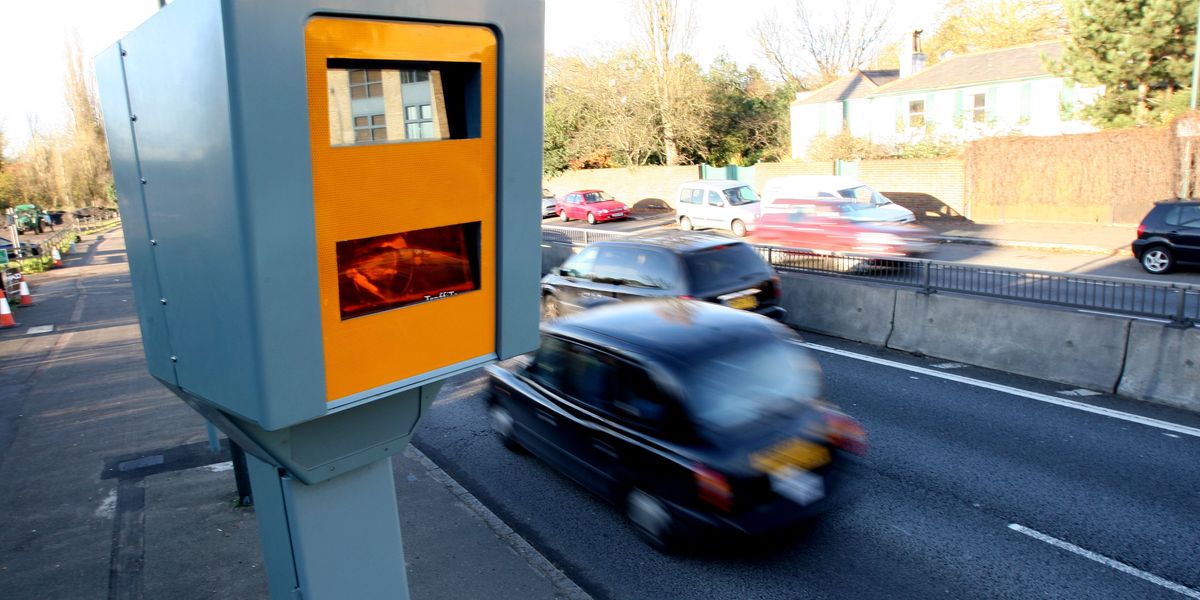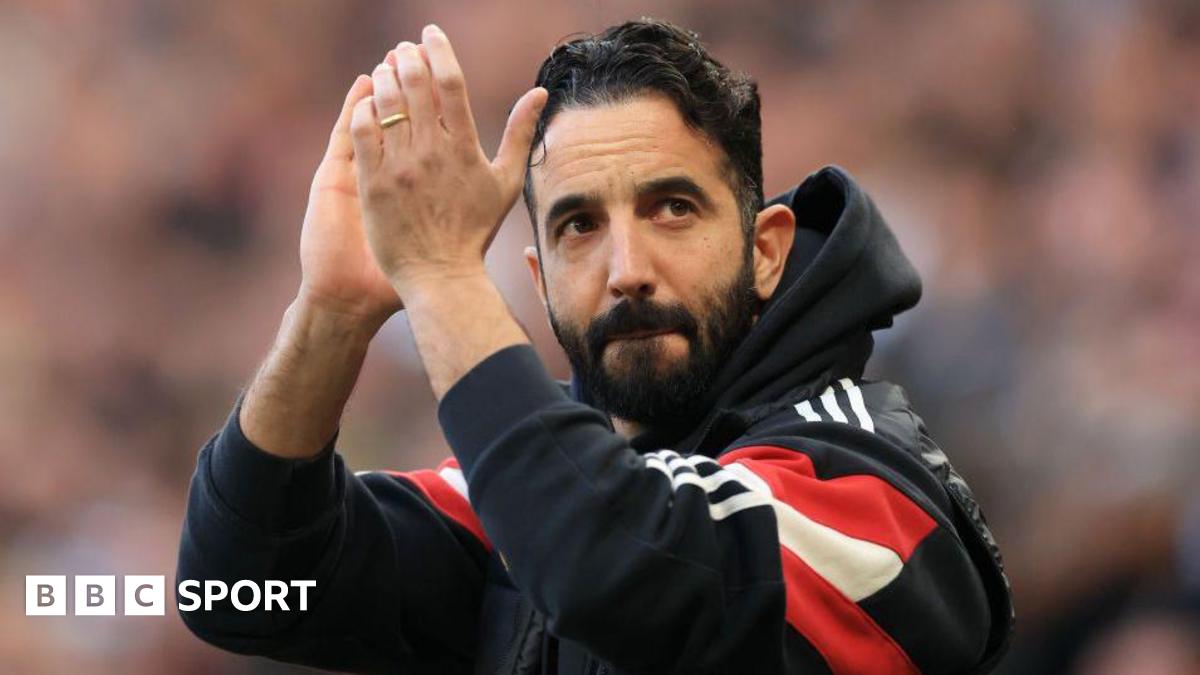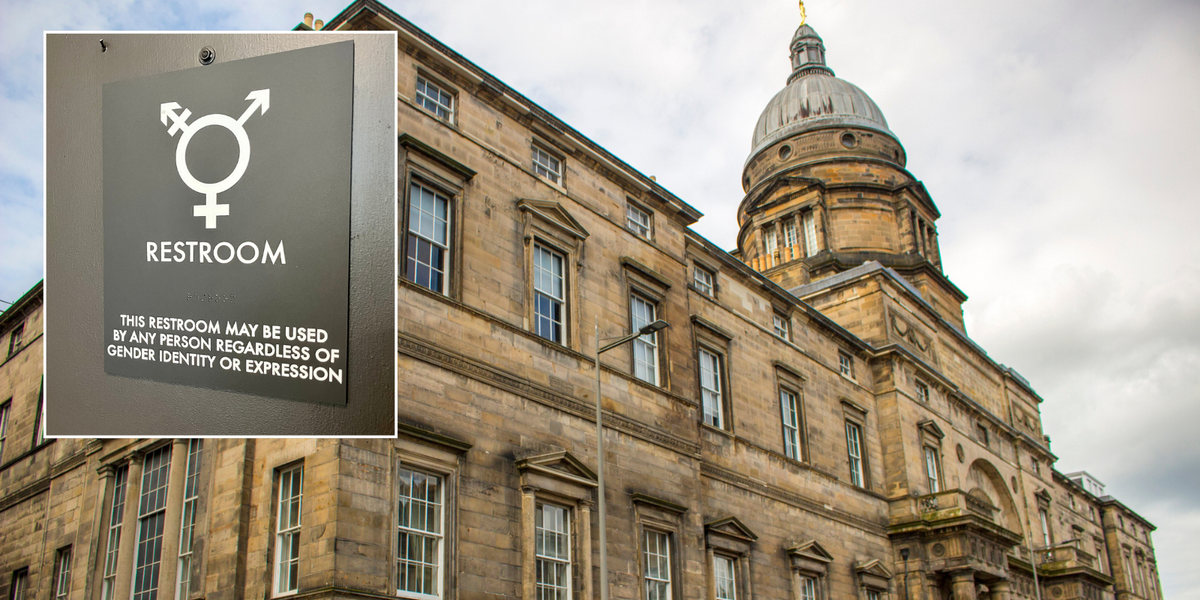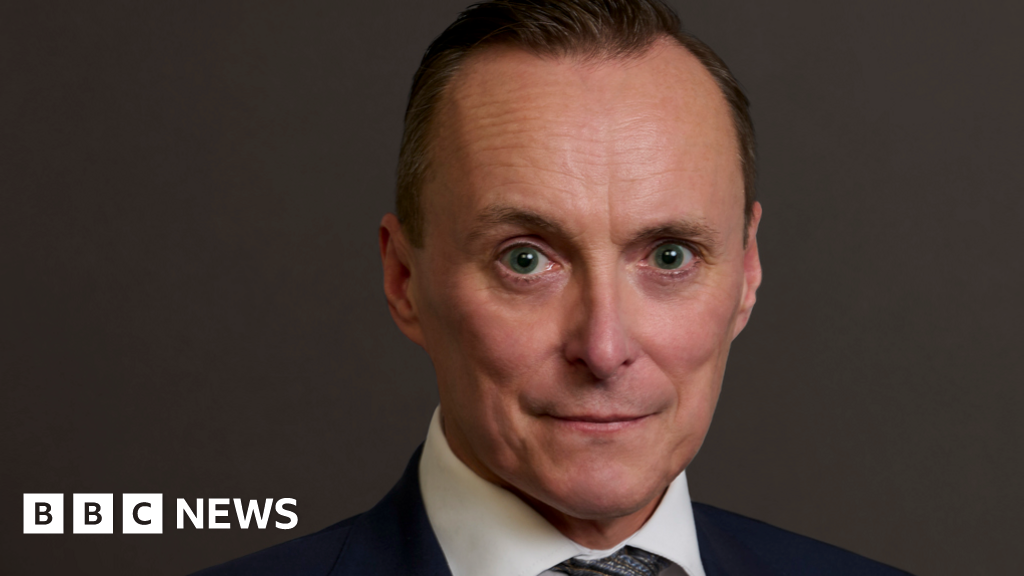Chris Parsons, a station manager for Leicestershire Fire and Rescue Service, was part of the multi-agency response to the crash.
He explained to the jury the standard protocol of deploying fire engines to a crash and how foam was deployed by officers to create a blanket over the spilled aviation fuel to prevent it from catching fire.
Mr Parsons said a protective screen was placed by fire service workers the day after the crash to preserve the dignity of the deceased, as the bodies were recovered from the site.
A statement from Dr Matthew Woods, a consultant at University Hospitals of Leicester NHS Trust, from November 2018 was read out by leading counsel to the inquest, Jonathan Hough KC.
It told the jury how Dr Woods, who responds on a charitable basis as a pre-hospital doctor for East Midlands Ambulance Service, received a message saying a helicopter had crashed at the stadium and that he realised he would be at the scene before any other resource.
Dr Woods’s statement said when he arrived at the scene, he saw that the occupants of the helicopter were “clearly deceased”.
It added: “The injuries sustained were clearly incompatible with life, with evidence of incineration.”
An Air Accidents Investigation Branch (AAIB) report, published in September 2023, found the crash was “inevitable” after a sequence of mechanical failures, and said the pilot could have done “very little” to save everyone on board.
The inquest – which is expected to last between two and three weeks – continues.









